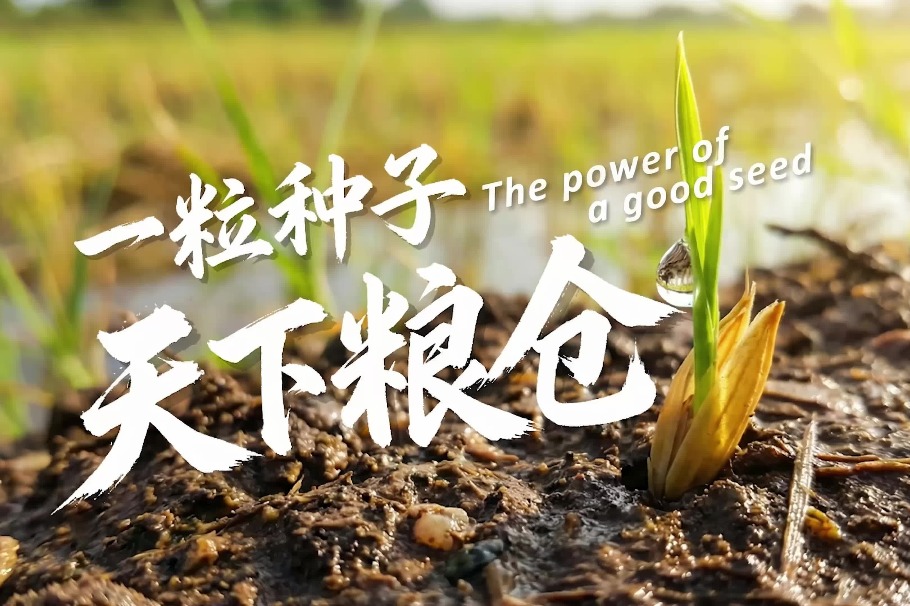Grassland conservation efforts yield positive results

China has made significant strides in grassland conservation through seed industry development and technological innovation, officials announced on Tuesday, which was World Earth Day.
With 40,000 hectares of new seed production bases established and 15 breakthrough grass varieties bred, the country is addressing ecological challenges while boosting rural livelihoods, according to the National Forestry and Grassland Administration.
"We've built a national preservation system with one central seed bank and 20 resource nurseries," said Zhao Bing, deputy inspector of the NFGA's seed and nursery department.
He detailed efforts to strengthen domestic seed supply, including the department's launch of the Catalog of China's Major Grass Species and the recent approval of 59 new grass varieties, marking milestones in supporting ecological restoration and pastoral industries.
Notably, seed production reached 25,000 metric tons annually last year, with large-scale bases including a 13,333.3-hectare seed farm in Qinghai province and a 6,666.7-hectare Leymus chinensis grass hub in the Inner Mongolia autonomous region.
"Our goal is 75 percent domestic seed self-sufficiency by 2030," Zhao said, outlining plans to expand breeding land and establish traceability systems.
Tong Jinquan, deputy inspector of the NFGA's technology department, highlighted scientific advancements. A "mission-oriented" breeding program has yielded 15 elite varieties, including "Zhongke No 10" leymus and "Tenggeli" licorice, which have increased grassland productivity by 80 percent. These varieties are now rehabilitating degraded lands across six provinces.
The establishment of 26 research stations and a national grassland lab at Lanzhou University underpins these efforts.
"We've trained 57 top-tier researchers and deployed 320 technologies," Tong noted, citing alfalfa strains for saline soils and sand-fixing grasses for the Three-North Shelterbelt Forest Program.
Li Yongjun, director of the NFGA's grassland management department, linked these measures to broader outcomes. Annual restoration of over 3 million hectares has raised fresh grass yields to 550 million tons, while eco-tourism in 39 pilot grassland parks boosts local incomes.
Challenges remain, with 70 percent of grasslands still degraded. Yet, as Zhao said, "From seed banks to smart monitoring, we're building an integrated system to turn green barriers into green wealth."
Zhou Wenbo contributed to this story.
Today's Top News
- China to continue anti-dumping duties on EPDM imports
- Trump says war with Venezuela remains possible -- NBC News
- China urges Japan to stop challenging intl bottom line with its nuclear ambitions
- US arms sales to Taiwan a dangerous gambit: Editorial flash
- Taiwan opposition lawmakers announce plan to impeach Lai Ching-te
- Boosting consumption will be key in 2026






























